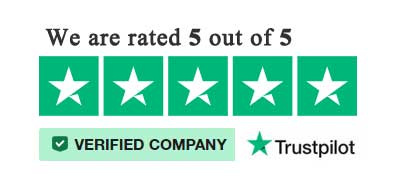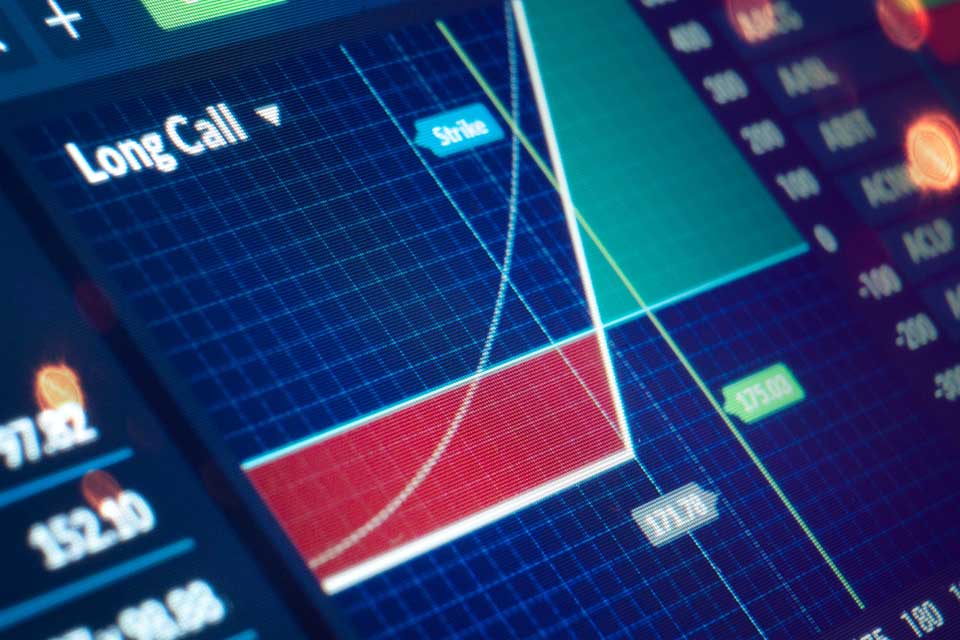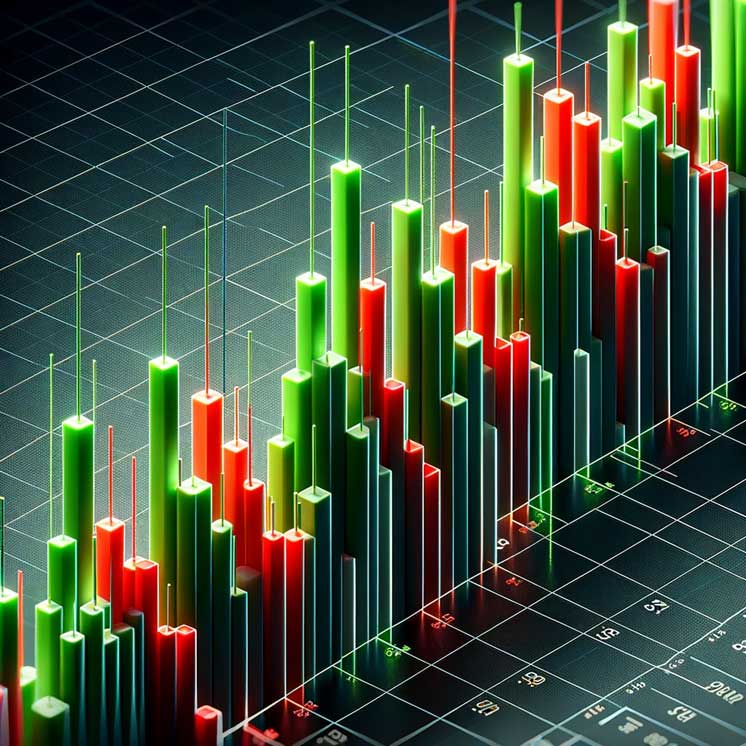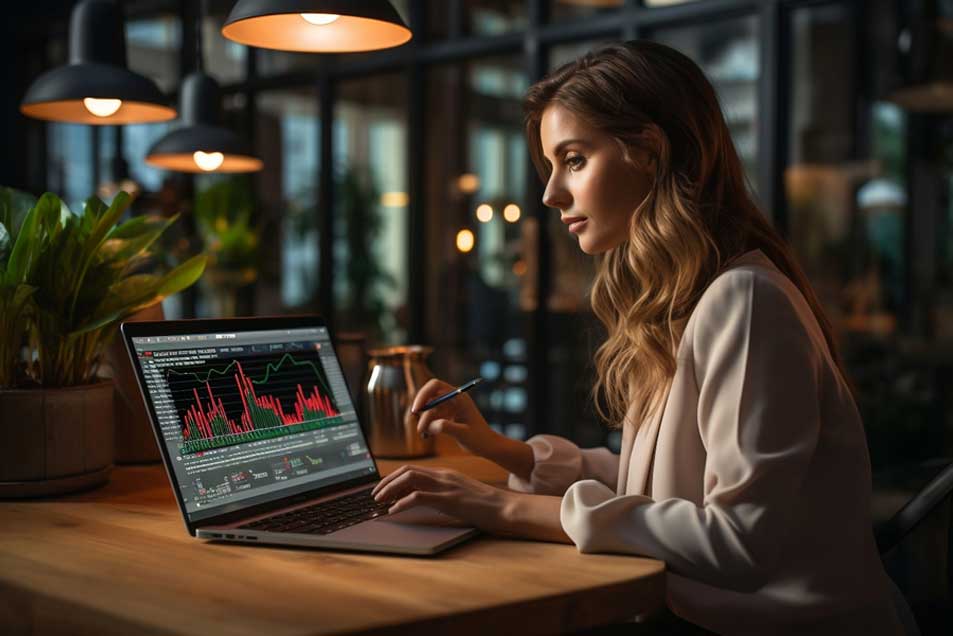In the world of financial markets, investors have a plethora of options to choose from when it comes to trading and investing in various asset classes. Among the most prominent choices are the SPX Cash Index and S&P Futures, both of which are closely associated with the S&P 500, one of the world’s leading equity indices. In this comprehensive analysis, we will delve into the intricacies of the SPX Cash Index and S&P Futures, exploring their features, functions, and differences, while providing investors with valuable insights to make informed decisions.
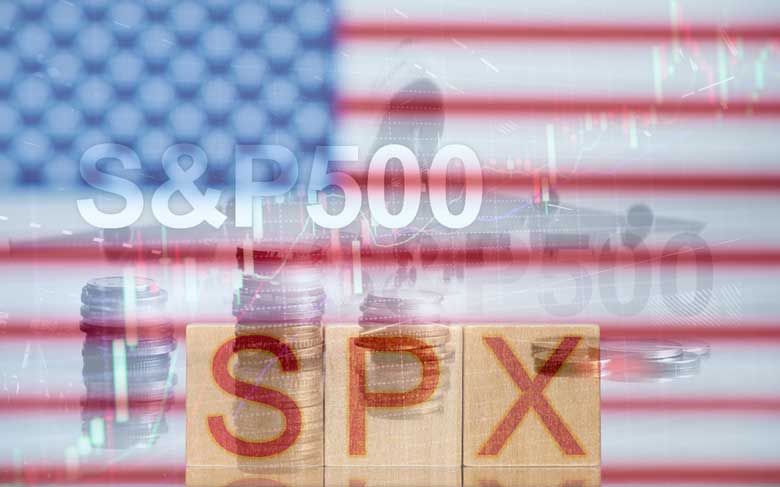
The SPX Cash Index: An Overview
The SPX Cash Index, often referred to as the S&P 500 Index or simply the S&P 500, is a benchmark index that reflects the performance of 500 of the largest publicly traded companies in the United States. These companies span various sectors, including technology, healthcare, finance, and consumer goods, making the index a well-rounded representation of the U.S. stock market.
Key Characteristics of the SPX Cash Index
- Market Capitalization-Weighted: The S&P 500 is a capitalization-weighted index, meaning that larger companies have a more significant influence on its value. As a result, the performance of the index is heavily influenced by the largest companies within it.
- Broad Diversification: The index includes companies from diverse sectors, reducing sector-specific risks for investors. This diversification makes the SPX Cash Index a popular choice for investors looking to gain exposure to the overall U.S. stock market.
- Continuous Calculation: The SPX Cash Index is calculated and updated continuously during trading hours, reflecting real-time changes in the prices of its constituent stocks.
- Total Return and Price Return: The S&P 500 is available in both total return and price return variants. The total return index includes dividends, while the price return index does not.
- Global Significance: Due to its broad representation and recognition, the S&P 500 is closely followed by investors worldwide and often serves as a benchmark for various investment strategies and products.
S&P Futures: An Introduction
S&P Futures, or S&P 500 Futures, are financial derivatives that derive their value from the performance of the S&P 500 Index. They are among the most widely traded futures contracts globally and offer investors a range of benefits and strategies to manage risk and speculate on market movements.
Key Characteristics of S&P Futures
- Leveraged Exposure: S&P Futures provide traders and investors with leveraged exposure to the underlying index. This means that a relatively small amount of capital can control a much larger position in the market, amplifying both potential gains and losses.
- Expiration Dates: S&P Futures contracts have predetermined expiration dates, typically occurring quarterly (March, June, September, and December). Investors can choose contracts with varying expiration dates to align with their investment horizon.
- Variety of Sizes: There are different sizes of S&P Futures contracts available, including the standard E-mini S&P Futures and the Micro S&P Futures. The choice of contract size allows investors to tailor their exposure to the market according to their risk tolerance and capital availability.
- 4. 24-Hour Trading: S&P Futures markets operate virtually around the clock, providing continuous trading opportunities for investors. This accessibility is particularly valuable for those who need to react quickly to global market events.
- Hedging and Speculation: S&P Futures are used for both hedging and speculative purposes. Hedgers, such as institutional investors, may use futures contracts to protect their portfolios from adverse market movements, while speculators aim to profit from price fluctuations.
Comparing SPX Cash Index and S&P Futures
Now that we have a clear understanding of both the SPX Cash Index and S&P Futures, let’s compare these two investment options to help investors decide which one suits their needs and objectives better.
Trading Hours
- SPX Cash Index: The SPX Cash Index is traded during regular U.S. stock market hours, typically from 9:30 AM to 4:00 PM Eastern Time. It does not offer 24-hour trading.
- S&P Futures: S&P Futures provide continuous trading opportunities 24 hours a day, five days a week. This extended trading session can be advantageous for investors who want to react to global news and events outside of regular market hours.
Leverage
- SPX Cash Index: When trading the SPX Cash Index directly, investors do not have access to leverage unless they use margin accounts provided by their brokers. Leverage is not inherent to the index itself.
- S&P Futures: S&P Futures inherently offer leverage, allowing investors to control a larger position with a smaller amount of capital. This can amplify both potential gains and losses, making futures a high-risk, high-reward proposition.
Diversification
- SPX Cash Index: The SPX Cash Index provides investors with exposure to the entire S&P 500, offering broad diversification across sectors and industries.
- S&P Futures: While S&P Futures are based on the S&P 500, they do not inherently provide diversification. The level of diversification depends on how the futures are used within an investor’s overall portfolio.
Expiration Dates
- SPX Cash Index: There are no expiration dates associated with the SPX Cash Index. Investors can hold their positions indefinitely.
- S&P Futures: S&P Futures contracts have predetermined expiration dates. Investors must roll over or close their positions before the contract expires to avoid physical delivery of the underlying assets.
Dividends
- SPX Cash Index: The SPX Cash Index includes dividends paid by the constituent companies. Investors in the index are entitled to receive these dividends.
- S&P Futures: S&P Futures do not directly provide dividends. Any income from dividends is separate from the futures contract and needs to be managed separately.
Risk Management
- SPX Cash Index: Risk management for SPX Cash Index investments relies on diversification, portfolio allocation, and the use of traditional stock market risk management strategies.
- S&P Futures: S&P Futures allow for more sophisticated risk management strategies, including hedging with futures contracts to protect a portfolio from market downturns.
Capital Requirements
- SPX Cash Index: Investing in the SPX Cash Index typically requires the purchase of individual stocks, which can be capital-intensive, especially for retail investors.
- S&P Futures: S&P Futures provide leveraged exposure, allowing investors to gain significant market exposure with a smaller amount of capital. This can be both an advantage and a risk.
In conclusion, both the SPX Cash Index and S&P Futures offer unique opportunities and advantages to investors. The SPX Cash Index provides straightforward exposure to the broad U.S. stock market, while S&P Futures offer leveraged exposure, extended trading hours, and sophisticated risk management possibilities.
Investors should carefully consider their investment goals, risk tolerance, and trading preferences when choosing between the two. Some investors may prefer the simplicity and long-term investment approach of the SPX Cash Index, while others may opt for the flexibility and potential for higher returns offered by S&P Futures. Ultimately, the decision between the two will depend on individual financial objectives and strategies. It’s important for investors to conduct thorough research and seek advice from financial professionals before making any investment decisions in either the SPX Cash Index or S&P Futures.
Ready to start trading futures? Call US 1(800)454-9572 – Int’l (310)859-9572 email info@cannontrading.com and speak to one of our experienced, Series-3 licensed futures brokers and start your futures trading journey with E-Futures.com today.
Disclaimer – Trading Futures, Options on Futures, and retail off-exchange foreign currency transactions involves substantial risk of loss and is not suitable for all investors. Past performance is not indicative of future results. You should carefully consider whether trading is suitable for you in light of your circumstances, knowledge, and financial resources. You may lose all or more of your initial investment. Opinions, market data, and recommendations are subject to change at any time.
This article has been generated with the help of AI Technology. It has been modified from the original draft for accuracy and compliance reasons.
*@cannontrading on all socials.



